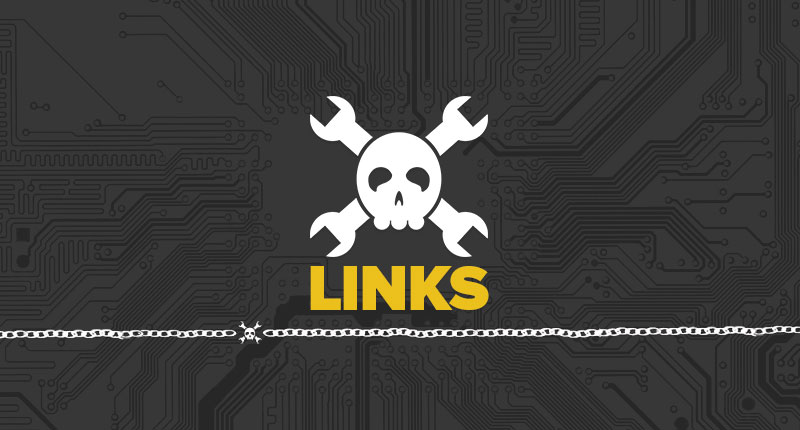During the early days of the Cold War, American planners wrestled with the emerging challenge of deterring a Soviet nuclear strike. Recognizing the destructive potential of nuclear weapons, the U.S. opted to focus its efforts on ensuring that adversaries clearly understood the U.S. capacity to retaliate and impose costs. Defense and resilience was a secondary priority. We did not, for example, build our subway systems hundreds of feet underground to double as fallout shelters, as the Soviets did. We relied heavily on the concept of mutually assured destruction to dissuade adversaries. With the Cyberspace Solarium Commission, we have assessed that a strong offense does not convey the same deterrent in cyberspace as it does in nuclear or conventional war. While the ability to impose costs is important, a U.S. strategy to secure ourselves in cyberspace must prioritize defense, denying adversaries the opportunity and benefits brought by attacking us in this […]
The post Building a resilient cyber future appeared first on CyberScoop.
Continue reading Building a resilient cyber future→
